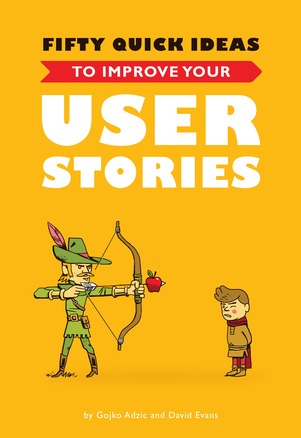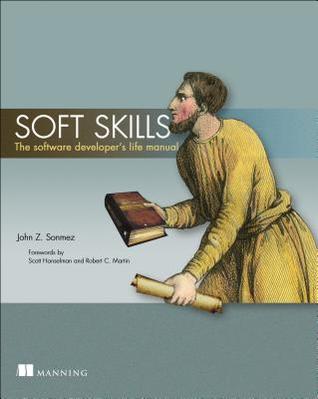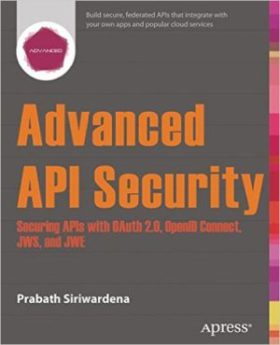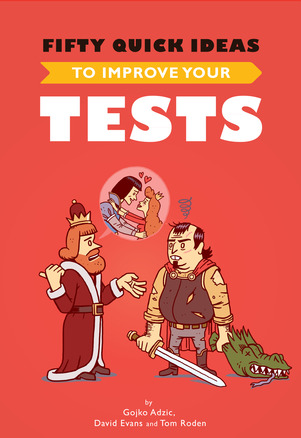As I’ve said in a previous post, I don’t like estimating. So I decided to have a look at Vasco Duarte‘s No Estimates book.

While reading this book, I had 4 questions in mind:
- Why are estimates waste?
- What questions do estimates try to answer?
- What to use instead for story estimation?
- What to use instead for project estimation (e.g. for bids)?
So, let’s first have a look at the book and then we’ll see how it helped me answer these questions.
Continue Reading






